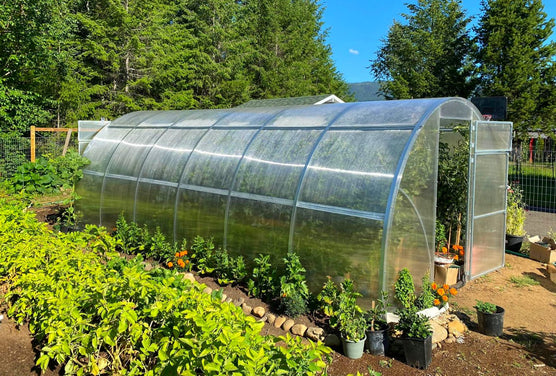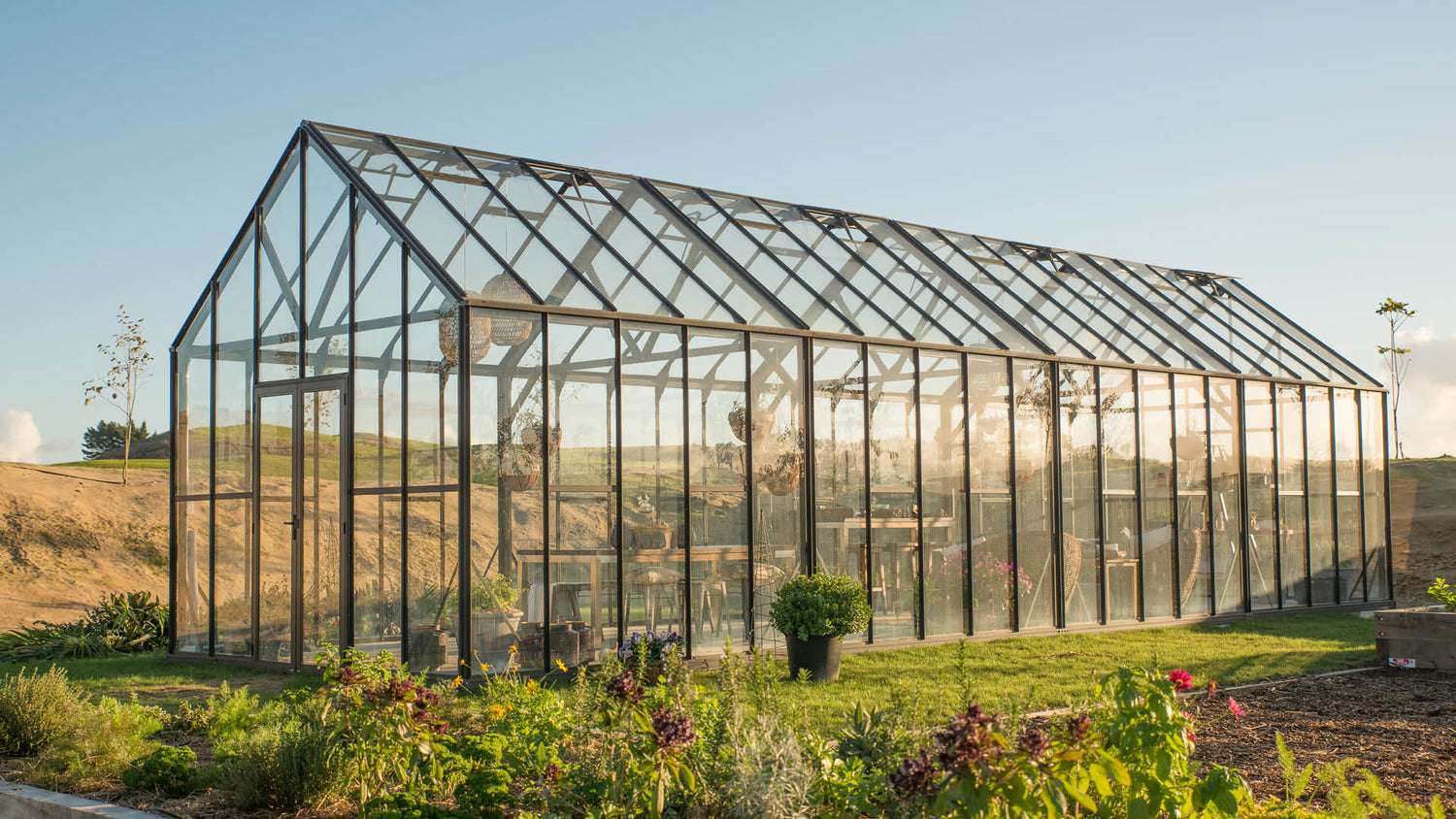The Future of Greenhouses: Advancements in Lasting Agriculture
Are you interested about the future of greenhouses and how they are transforming lasting farming? Look no additional! In this write-up, we will discover the exciting advancements that are leading the way for a greener and more efficient farming market. From sophisticated environment control systems to vertical farming techniques, water-efficient irrigation approaches, eco-friendly energy combination, and clever information analytics, these improvements are transforming the method we grow our food. Prepare yourself to uncover the future of sustainable agriculture in greenhouses!
Advanced Environment Control Equipment
To achieve optimum growing problems, you can count on the advancements in greenhouses with sophisticated environment control systems. These systems have changed the means we cultivate plants, offering a controlled setting that is conducive to plant development. With these ingenious systems, you can now control temperature level, moisture, light degrees, and even carbon dioxide focus to develop the ideal problems for your plants to prosper.
Among the vital functions of these innovative environment control systems is their capacity to control temperature. By making use of sensors and automated controls, the greenhouse can readjust the temperature level based on the details needs of the plants. This ensures that they are never ever subjected to extreme heat or cold, which can be detrimental to their growth.
Humidity control is an additional important facet of these systems. By keeping the suitable moisture levels, you can protect against problems such as mold and mildew, mildew, and illness from affecting your plants. These systems can likewise regulate the quantity of light that gets to the plants, making sure that they receive the optimal quantity for photosynthesis.
Furthermore, progressed environment control systems can also adjust CO2 focus. By increasing the levels of CO2 in the greenhouse, you can improve plant development and performance. This is particularly beneficial in areas with low all-natural CO2 levels.
Vertical Farming Strategies
One crucial upright farming technique is making use of stacked growing systems. Piled growing systems are typically utilized in city areas where room is limited.
One preferred approach is called vertical hydroponics, where plants are expanded in nutrient-rich water without dirt. This strategy is extremely effective as it lowers water usage by as much as 90% contrasted to typical farming methods. Additionally, given that the plants are expanded inside your home, they are shielded from diseases and insects, decreasing the need for chemicals.
Another technique is aeroponics, which entails putting on hold the plant roots in a mist or air atmosphere. This technique enables optimum nutrient absorption and oxygenation, causing faster development and higher yields. Aeroponics additionally uses less water than typical farming and can be applied in vertical systems, making it a popular selection for upright farming.
Water-efficient Irrigation Approaches
Taking full advantage of water conservation is vital when it concerns executing water-efficient watering methods in lasting agriculture. With international water shortage coming to be a pressing concern, it is crucial to establish cutting-edge techniques that maximize water use in greenhouse operations.
One promising approach is drip irrigation, which provides water straight to the plant roots, reducing waste and evaporation. By utilizing a network of tubes with tiny emitters, water is applied slowly and precisely, guaranteeing that plants obtain the necessary dampness without excess drainage.
One more effective strategy is using soil wetness sensors. These tools determine the moisture content in the dirt and provide real-time data to farmers. By checking the soil's wetness degrees, farmers can accurately identify when and exactly how much water to use, avoiding over-irrigation.
Moreover, the execution of rainwater harvesting systems is getting appeal in greenhouse agriculture. Collecting rainwater from roofs and storing it in containers permits farmers to use this natural deposit for irrigation purposes, minimizing dependence on conventional water resources.
Finally, the adoption of automated irrigation systems can dramatically improve water effectiveness. These systems make use of sensing units to find soil moisture levels and weather, adjusting irrigation timetables as necessary. By maximizing water usage based on real plant demands, these systems can reduce water waste and promote sustainable farming methods.
Renewable Resource Combination
Renewable energy integration in greenhouses uses a number of advantages, consisting of minimized running costs and decreased dependence on non-renewable power sources. The generated power can then be utilized to run different operations within the greenhouse, such as home heating, illumination, and air flow systems. These wind turbines harness wind power and transform it right into electricity, which can be utilized to supplement the energy demands of the greenhouse.
Smart Information Analytics and Automation
To boost the performance of your greenhouse procedures and enhance resource application, consider carrying out smart data analytics and automation. Smart information analytics entails accumulating and examining data from various sensing units and gadgets within your greenhouse.
Automation, on the other hand, involves using innovation to automate tasks that were previously done manually. This can consist of automating the control of lighting, air flow, watering systems, and nutrient delivery. By automating these procedures, you can make certain that your plants receive the right problems and nutrients at the ideal time, without the demand for consistent hand-operated intervention. This not just saves you time and effort however likewise minimizes the risk of human mistake.
Furthermore, smart information analytics and automation can interact synergistically. The data collected by sensing units can be utilized to educate automated systems, permitting them article source to make real-time adjustments based on the present conditions. This combination of information analytics and automation can cause extra specific and effective source allotment, inevitably leading to higher yields and much better plant quality.
Final Thought
In verdict, the future of greenhouses in lasting agriculture looks appealing. With sophisticated climate control systems, upright farming strategies, water-efficient watering techniques, and sustainable energy assimilation, greenhouses are becoming a lot more ecologically pleasant and efficient.

By enhancing water use based on actual plant requirements, these systems can minimize water waste and promote lasting farming methods.
